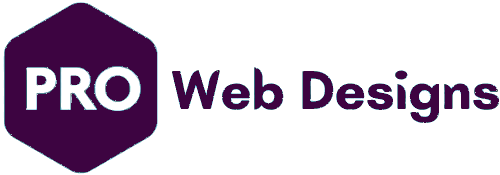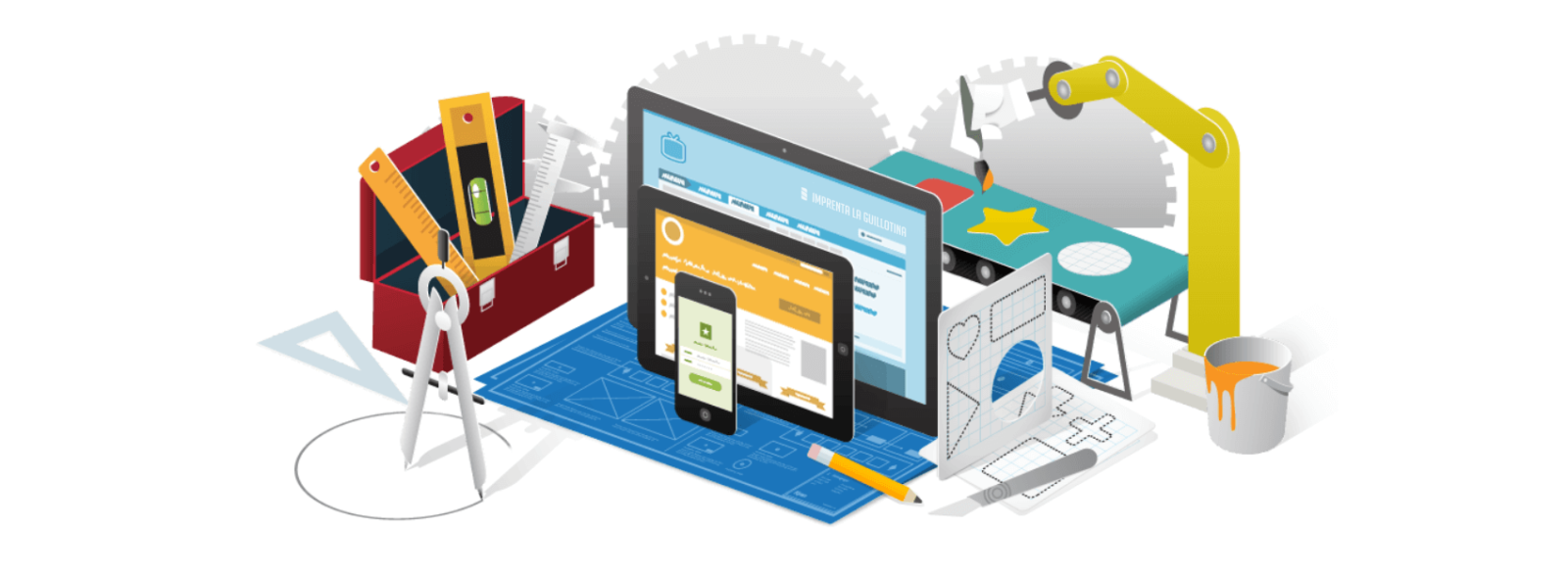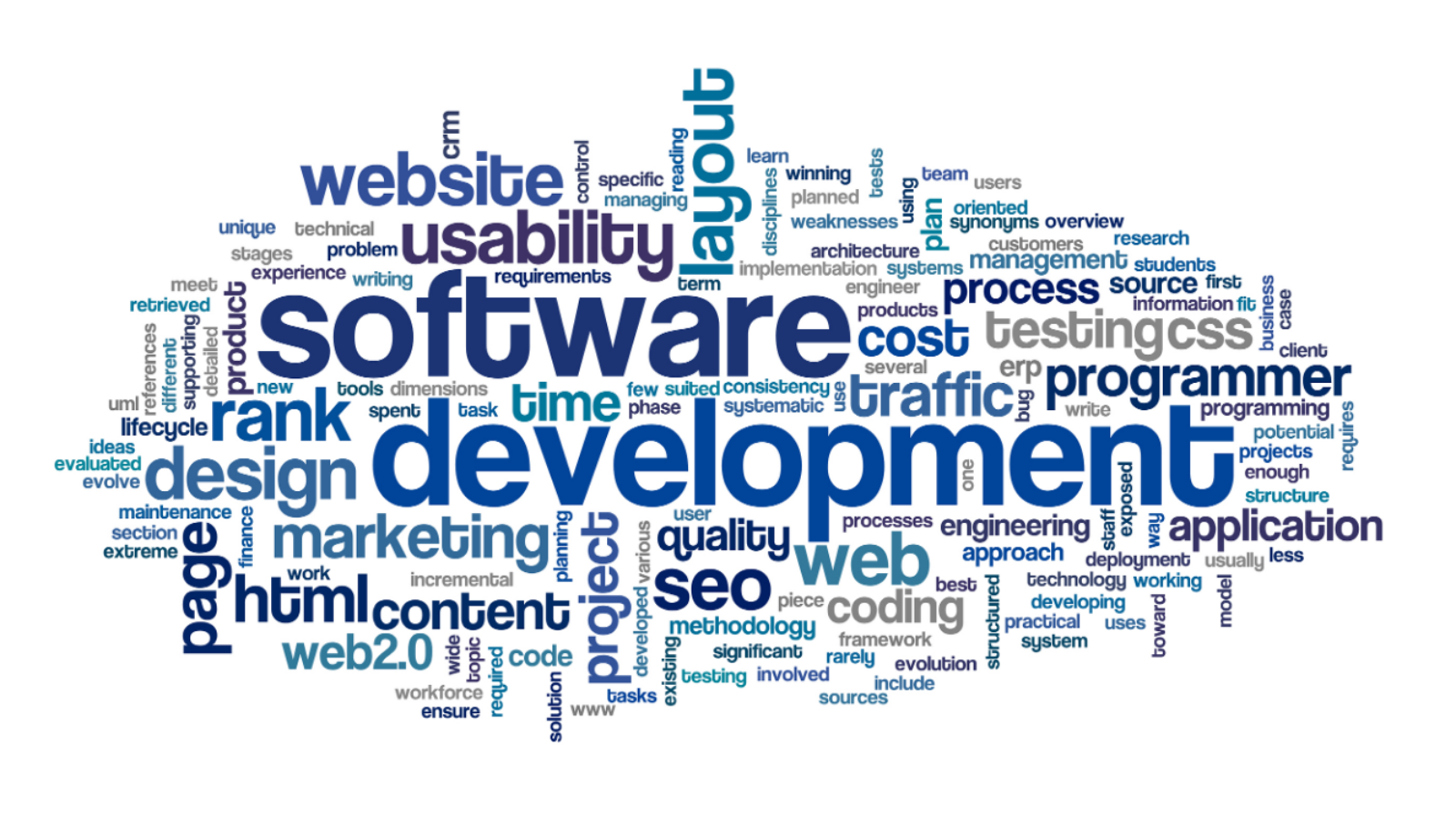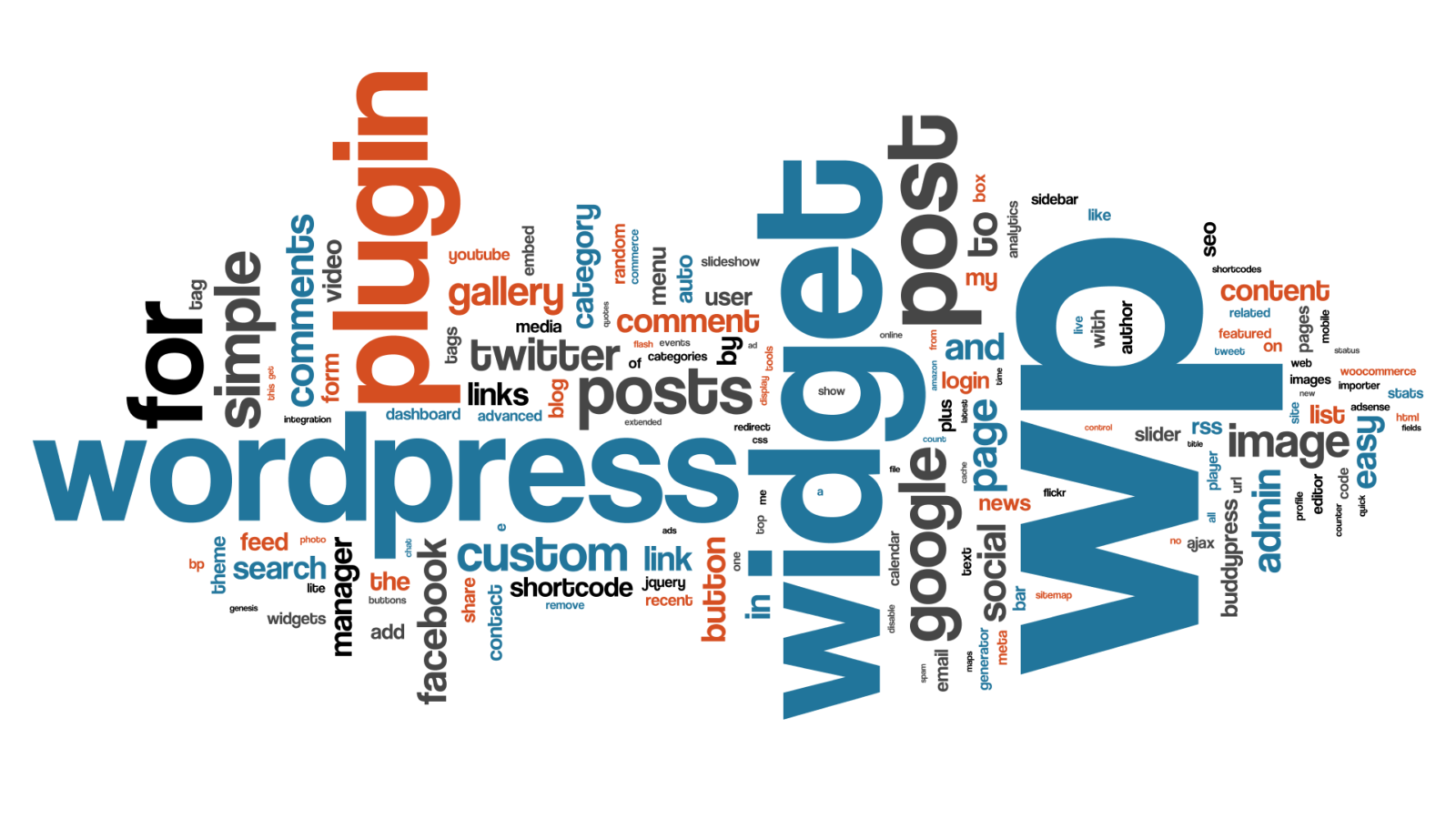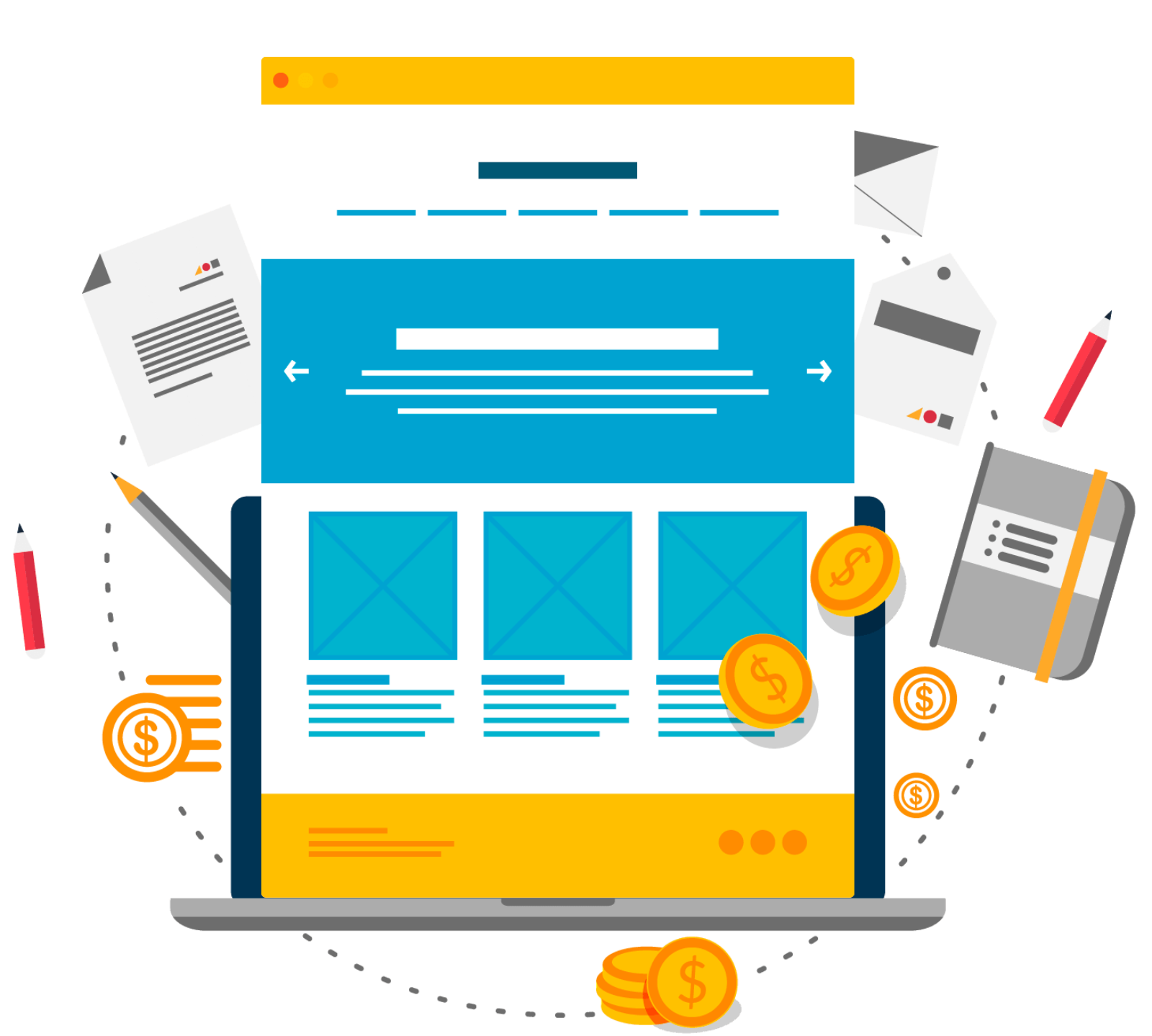WordPress Design Troubleshooting and Problem-Solving
IntroductionDesign issues can significantly impact a WordPress website’s user experience. This guide provides practical steps to identify and resolve common design problems, ensuring your website looks and functions optimally.Common Design Issues and SolutionsLayout...
Integrating Custom JavaScript and CSS for Enhanced Design
IntroductionCustom JavaScript and CSS code offer unparalleled control over your WordPress website’s appearance and behavior. By strategically incorporating these elements, you can create unique and engaging user experiences. This guide provides essential tips and...
Using WordPress Hooks and Filters for Advanced Design Customization
IntroductionWordPress hooks and filters are powerful tools that allow developers to modify and extend the core functionality of WordPress without directly altering theme or plugin files. By understanding and effectively utilizing these mechanisms, you can create highly...
Creating Child Themes for Safe and Secure Customization
IntroductionTo ensure your WordPress customizations remain intact after theme updates, child themes are essential. This guide will walk you through the process of creating and utilizing child themes to safely modify your website’s appearance and...
Customizing WordPress Themes for Advanced Design Control
IntroductionWhile WordPress offers a vast array of themes to choose from, achieving a truly unique and personalized design often requires customization. This guide explores advanced techniques to modify existing WordPress themes and unlock full design control.Understanding...
Using WordPress Design Patterns Effectively: A Guide
IntroductionDesign patterns are pre-designed solutions to recurring design problems. By incorporating them into your WordPress website, you can create a more consistent, intuitive, and user-friendly experience. This guide explores various design patterns and how to apply them...
Creating a Responsive WordPress Design: A Step-by-Step Tutorial
IntroductionIn today’s mobile-first world, having a responsive website is essential for reaching your audience and providing a seamless user experience. This guide will walk you through the steps of creating a responsive WordPress website that adapts flawlessly to...
WordPress Design Trends for 2024: A Roundup
IntroductionThe digital landscape is constantly evolving, and staying updated with the latest design trends is crucial for keeping your WordPress website fresh, engaging, and relevant. This guide explores the top WordPress design trends shaping the web in 2024.Key WordPress...
Choosing the Right WordPress Theme: A Detailed Guide
IntroductionSelecting the right WordPress theme is crucial for the success of your website. It sets the foundation for your online presence, influencing how visitors perceive your brand and engage with your content. With thousands of themes available, making the right choice...
